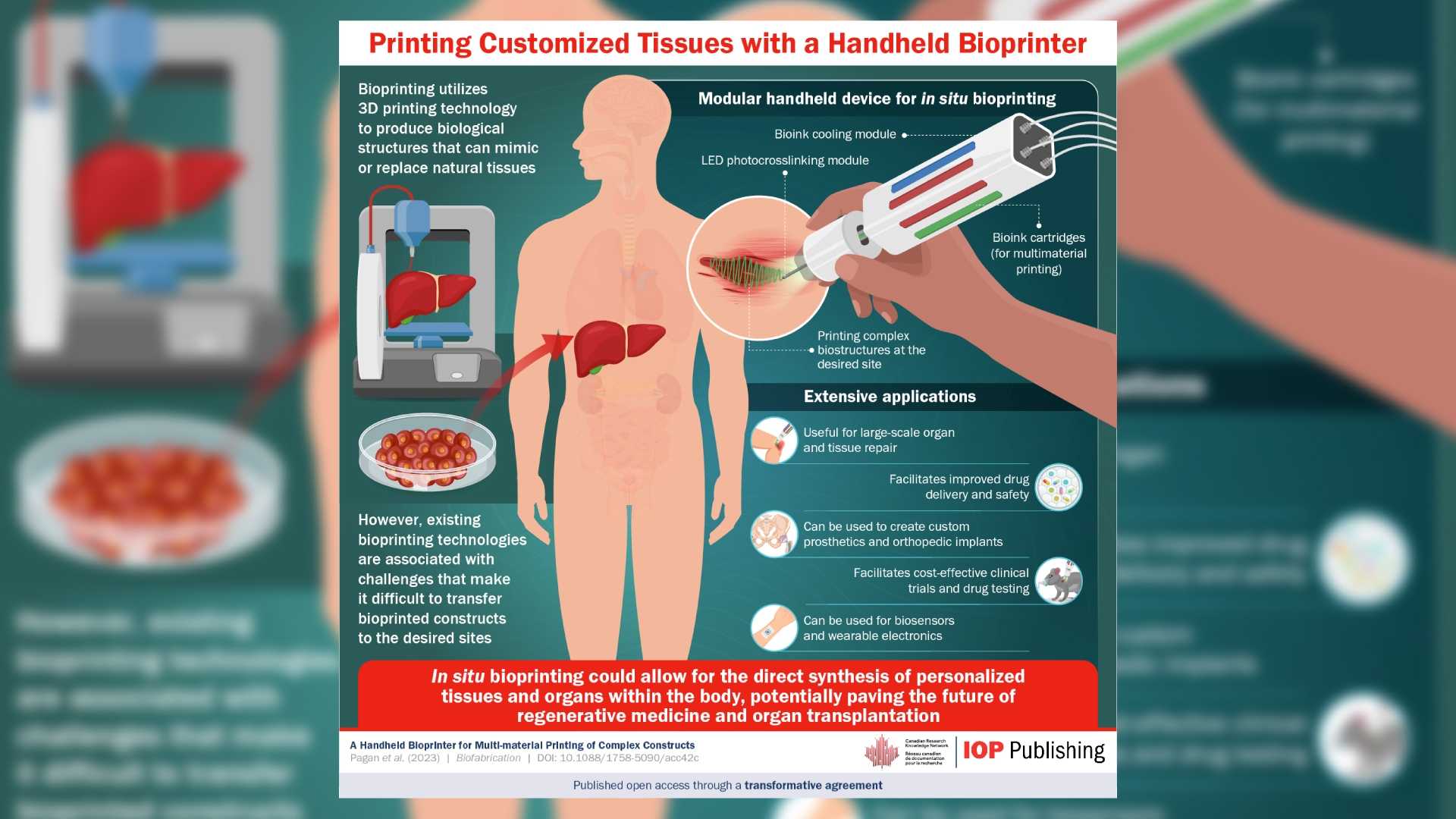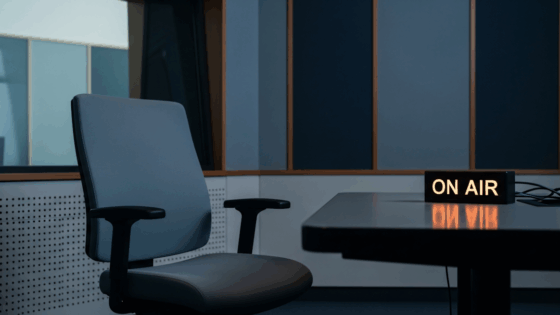on
BY SIMONE J. SMITH
The emergence of regenerative medicine has resulted in substantial improvements in the lives of patients worldwide through the replacement, repair, or regeneration of damaged tissues and organs. It is a promising solution to challenges such as the lack of organ donors or transplantation-associated risks.
One of the major advancements in regenerative medicine is on-site (or ‘in situ’) bioprinting, an extension of 3D printing technology, which is used to directly synthesize tissues and organs within the human body. It shows great potential in facilitating the repair and regeneration of defective tissues and organs.
I received an email from Rishita Sachanon on behalf of the Public Relations team of IOP Publishing, United Kingdom. It was about an interesting development known as in situ bioprinting, where biocompatible structures and tissues are 3D printed directly inside the body.
This development has seen steady progress over the past years, and a significant development in this area is a newly introduced portable device, showcased in a study published in the journal Biofabrication, where researchers have introduced a portable device capable of printing biocompatible structures in situ. This breakthrough has the potential to transform the way doctors treat damaged tissue and organs and ultimately unlocks a wide range of applications in regenerative medicine, drug development and testing.
In a recent study, a team of researchers developed a handheld bioprinter that addresses key limitations of previous designs, i.e., the ability to print multiple materials and control the physicochemical properties of printed tissues. This device will pave the way for a wide variety of applications in regenerative medicine, drug development and testing, and custom orthotics and prosthetics.
A research team including Mr. Erik Pagan and Associate Professor Mohsen Akbari from the University of Victoria in Canada, developed a handheld in situ bioprinter with a convenient modular design, that allows the printing of complex biocompatible structures. “Two decades ago, my mother was diagnosed with breast cancer, which eventually led to the removal of her breast. This affected her well-being considerably. It made me realize that a technology like handheld bioprinting could not only help develop personalized implants for breast reconstruction that match the shape and size of the patient’s tissue, but also be used to create tumor models for the study of breast cancer biology. Such applications could significantly improve treatment outcomes for affected patients,” says Prof. Akbari while discussing his motivation underlying this study.
This versatile in situ bioprinter has several applications. Prof. Akbari elaborates, “In situ bioprinting is suitable for repairing large defects caused by trauma, surgery, or cancer, which requires large-scale tissue constructs. In the long term, this technology can eliminate the need for organ donors, while also lowering the risks associated with transplantation, allowing patients to enjoy longer and healthier lives.”
Another notable potential application of this device is the production of drug delivery systems. An operator could construct scaffolds or structures that release a precise quantity of drugs as well as cells at specific locations within the body. This would make drugs more efficient, minimize side effects associated with them, and improve their safety.
Although significant progress has been made in this field, currently used in situ bioprinting technologies are not devoid of limitations. For instance, certain devices are only compatible with specific types of bioink, while others can only create small patches of tissue at a time. Moreover, their designs are usually complex, making them unaffordable and restricting their applications.
The findings of this study can significantly benefit researchers and physicians dedicated to improving the scope of regenerative medicine and enable collaborative research, which can accelerate further development of this technology.
Stay in the loop with exclusive news, stories, and insights—delivered straight to your inbox. No fluff, just real content that matters. Sign up today!
We, as humans are guaranteed certain things in life: stressors, taxes, bills and death are the first thoughts that pop to mind. It is not uncommon that many people find a hard time dealing with these daily life stressors, and at times will find themselves losing control over their lives. Simone Jennifer Smith’s great passion is using the gifts that have been given to her, to help educate her clients on how to live meaningful lives. The Hear to Help Team consists of powerfully motivated individuals, who like Simone, see that there is a need in this world; a need for real connection. As the founder and Director of Hear 2 Help, Simone leads a team that goes out into the community day to day, servicing families with their educational, legal and mental health needs.Her dedication shows in her Toronto Caribbean newspaper articles, and in her role as a host on the TCN TV Network.













